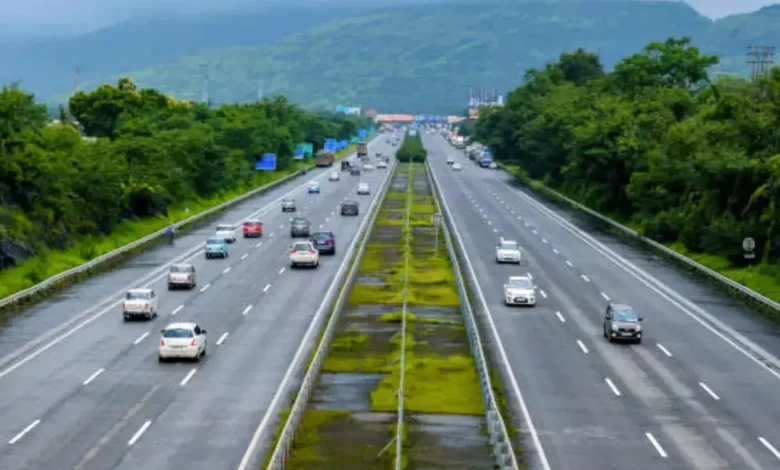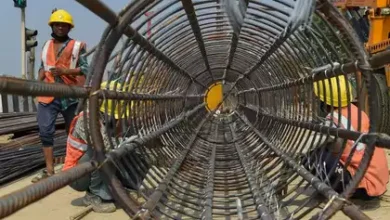NHAI explores reality of ‘self-healing roads’ for national highways
According to the study, the government intends to carry out a comprehensive cost-benefit analysis before putting the technology into use to guarantee its viability and effectiveness

The National Highway Authority of India (NHAI) is now exploring the initiative of the use of self-healing asphalt to modernize road maintenance in the country, which can address the persistent issue of potholes, a major contributor to road accidents and fatalities.
“We are considering ingenious and unconventional methods to improve durability and to address the issue of potholes,” a senior government official who requested anonymity told ET.
According to the study, the government intends to carry out a comprehensive cost-benefit analysis before putting the technology into use to guarantee its viability and effectiveness. This unique asphalt’s ability to mend itself may provide a long-term fix for the pothole issue.
One of the main components of a road is asphalt, which can mend itself by nature. In the field of road maintenance, it’s also known as smart asphalt and is becoming more and more popular.
The revolutionary substance known as “smart asphalt,” which is mixed with epoxy capsules and steel fibres, can patch up microscopic gaps and stop water from seeping through.
The process involves heating the steel fibres using an induction machine, which melts the asphalt mortar and allows it to mend itself. The technique functions by adding tiny bits of steel wool to the bitumen, the asphalt’s binding agent, which makes it conducive and enables heating using an induction motor.
Erik Schlangen, a professor of civil engineering at the Netherlands’ Delft University of Technique, created this technique. A few so-called self-healing roads that can seal gaps on their own without assistance from outside experts have been developed by researchers in the Netherlands.
“Putting steel fibres in the asphalt mean that you can send information to it, so it might be possible to charge electric cars on the road they’re driving on,” Schlangen has been quoted as saying. “This is early, but we are going to make some trials in front of traffic lights, where the idea is that you can charge your car a bit while waiting in traffic.”
Although the initial cost of manufacturing these roadways would be higher, researchers predict that eliminating maintenance expenses will result in a lower cost over time. In addition, this technique would extend the lifespan of roads—up to 80 years.
“This can increase the lifespan of roads and practically eliminate the need for road maintenance while bringing down traffic disruption,” the official said.
Potholes on national highways have been the cause of a 22.6% increase in vehicle accidents in India. According to TOI, the number rose from 3,625 in 2021 to 4,446. These mishaps claimed 1,856 lives in all, a 25.3% rise.
According to TOI, the heating procedure makes it possible for the bitumen to rebind with the pebbles and stones in the asphalt, successfully filling up fractures and halting the development of potholes. The Road Transport and Highways Ministry has budgeted ₹2,600 crore for road repair in 2024–25, a little increase from the ₹2,573 crore spent in 2022–23 and commensurate with the budgetary and revised projections for 2023–24.
You might also be interested in – Road Transport Ministry plans to lay down 41,000 Km National Highways by 2031-32



